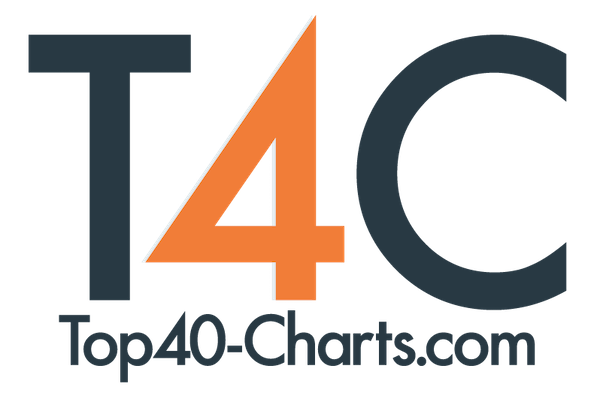New York, NY (Top40 Charts) Are you thinking about setting up a home studio? Is producing music something that interests you, but you don't know where to start? There's so much to think about, that it can quickly become overwhelming. It doesn't have to be confusing though.
In this brief guide, we'll walk you through 5 essential tools that you need for music production. Let's dive in!
1. Laptop or PC
Already have a computer? Great! This means you're one step closer to developing your at-home studio. If you don't have a laptop or PC, now is the time to invest in one for your music production! This will likely be the most expensive piece of your home studio — and the most important part too!
Note: the tools we're going to mention next won't function without a laptop or PC. Therefore, do your due diligence and find a cost-effective computer designed for making music. Without the right laptop or PC, you won't get far.
2. DAW
A digital audio workstation (DAW) is a software application for editing, creating, and recording audio files. All your music gets recorded onto this. There are various versions of DAW applications available, and each has its own features. Most, if not all, have multitasking recording along with pitch and tempo modification and filtering.
This is necessary, although there are alternatives like recording analog audio via tapes.
3. MIDI Controller
In addition to your DAW software, this is another must-have for anyone seriously interested in music production. A Musical Instrument Digital Interface (MIDI) allows for communication between hardware and DAWs and is a technical standard. A common type of midi controller is a keyboard controller that looks like piano keyboards.
Grid controllers are more intuitive and a cheaper way to make beats and samples. They allow precise drum sequencing and live performance.
4. Headphones
All producers need to be able to listen to their tracks. Look for some proper studio headphones. They are made specifically for professional work and differ from consumer and gaming headphones. Studio headphones let you hear other instruments while recording.
They can help you detect flaws in audio and provide excellent sound isolation. This way, no sound leaks out into the recording room, affecting the recording.
5. Microphone
This one may be obvious when thinking about what you need to create music, but worth noting because they're so crucial. Microphones capture sound and convert it into a digital signal. Studio microphones are wired and work best in a studio environment like a recording booth.
Usually, studio microphones are either omnidirectional or cardioid. Omnidirectional captures audio in a 3-dimensional sphere. Cardioid microphones have a sensitivity pattern shaped as a heart to capture vocals and speech.
A proper studio microphone is necessary to succeed. Two types of microphones make up the majority of the production market:
- Condenser: Uses a diaphragm that vibrates to create audio signals. These have flatter frequency responses but do well with consistent capturing. Just watch out for bleeding from background sound.
- Dynamic: Works via electromagnetic induction and is usually cheaper than the condenser options on the market. They are great for capturing music in noisy, loud environments.
Start Producing Music Today
A proper studio room and equipment are necessary to get the best outcome when creating music. There are areas where you may get away with not putting so much money down. But keep in mind that your tools are the foundation of your production.
Hopefully, this gives you an idea of the gear you should be looking for. Everyone will have different needs, so be sure to buy the equipment that works best with you and allows you to do your job.
























